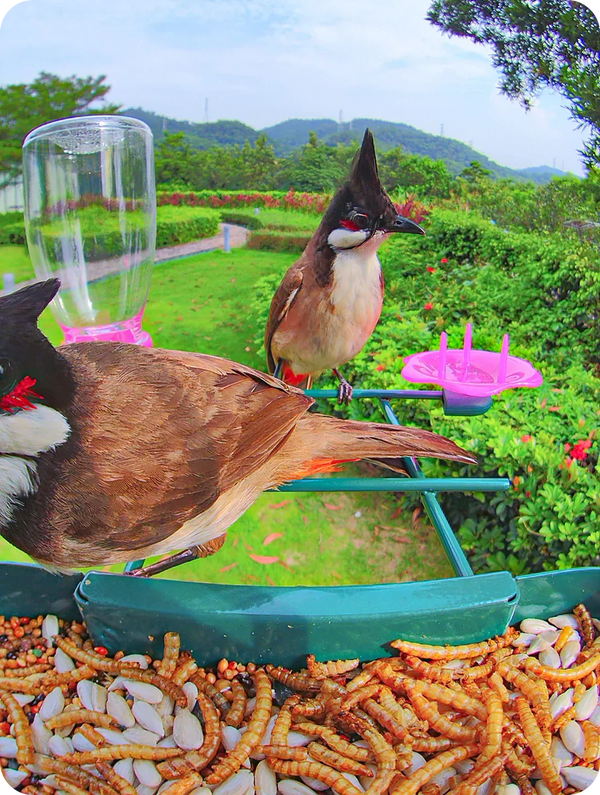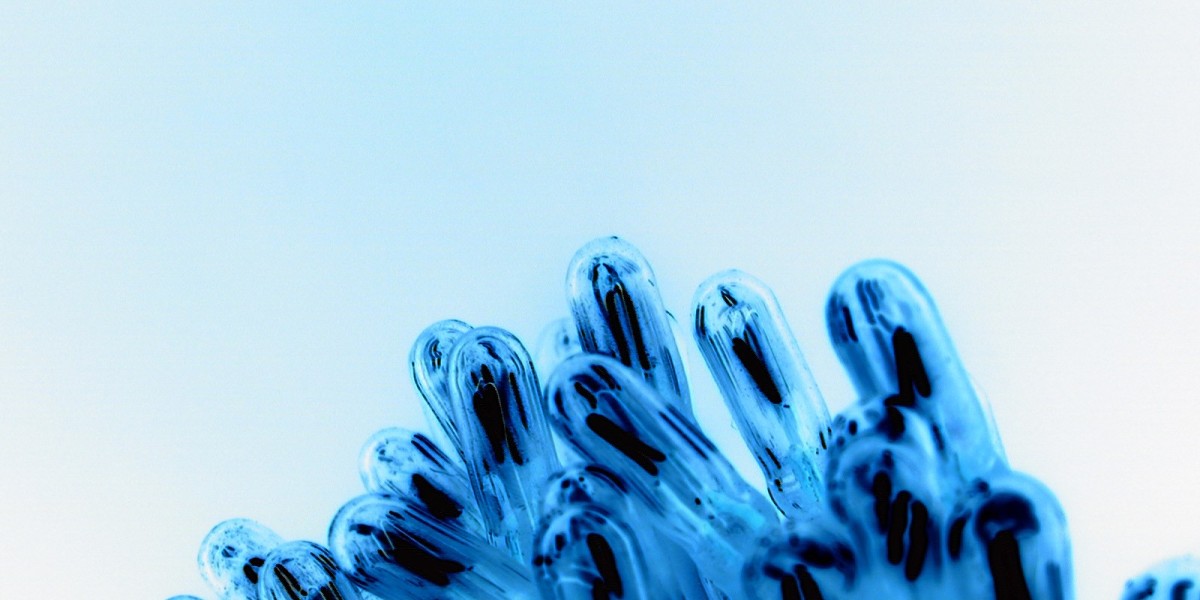Unlock the Secrets of Birdwatching: Your Ultimate Guide to Choosing the Perfect Camera!
Birdwatching is more than just a hobby; it’s an enchanting journey into the world of nature. As more people discover the joys of observing avian life, the demand for tools that enhance this experience has surged. One of the most vital tools for any birdwatcher is a camera specifically designed for bird identification. The right camera can transform the way you capture and connect with birds, allowing you to document your sightings and share them with others. In this guide, we will delve into the essential considerations for choosing the perfect bird identification camera, ensuring that your birdwatching experiences are not only enjoyable but also visually stunning.

Understanding Birdwatching and Its Challenges
Birdwatching, while rewarding, comes with its own set of challenges. One of the primary difficulties birdwatchers encounter is the distance at which birds tend to remain from human observers. Whether perched high in a tree or darting through the underbrush, many birds can be elusive, making it hard to get a clear shot. Additionally, birds are inherently active creatures, often moving quickly and unpredictably. This movement can complicate the process of capturing a well-framed photograph. Furthermore, lighting conditions can vary dramatically, from bright sunlight to dim forest interiors, making it crucial to have a camera that adapts well to different environments. These challenges underscore the necessity for a camera that excels in zoom capability, autofocus speed, and overall versatility, ensuring that every moment can be captured beautifully.
Key Features to Look for in a Bird Identification Camera
When selecting a camera for bird identification, several key features should be prioritized to enhance your photography. First and foremost, zoom capabilities are crucial; a camera with a powerful zoom allows you to capture distant subjects without disturbing them. Equally important is autofocus speed. Birds rarely sit still, so a camera that can quickly lock onto a moving subject is essential for capturing sharp images. Image stabilization is another feature that can make a substantial difference, particularly in situations where you are shooting handheld or in challenging conditions. This technology minimizes blurriness caused by camera shake, enabling you to achieve clearer images. Lastly, sensor quality cannot be overlooked. A camera with a larger sensor typically performs better in low-light situations, which is vital for early morning or late evening birdwatching. By focusing on these features, you can ensure that your camera will serve you well in the field.
Types of Cameras Suitable for Birdwatching
There are several types of cameras that can be suitable for birdwatching, each with its own set of advantages and disadvantages. DSLRs are popular among enthusiasts due to their superior image quality and the extensive range of lenses available. They offer great flexibility but can be bulky, which might be a drawback for those who prefer lightweight options. Mirrorless cameras, on the other hand, have gained popularity for their compact design and advanced technology. They provide excellent autofocus systems and high-quality images, making them a great choice for birdwatching. Compact cameras, while less versatile, can still be effective for casual birdwatchers who prioritize portability over extensive features. Each type has its own niche, and your choice will depend on your specific needs, whether that’s the best image quality, ease of use, or convenience.
Accessories to Enhance Your Birdwatching Experience
In addition to selecting the right camera, the accessories you choose can significantly enhance your birdwatching experience. A sturdy tripod is invaluable for stabilizing your shots, especially when using high zoom levels or shooting in low light. This support allows for clearer images and reduces strain during long periods of observation. Binoculars are another essential accessory, providing a closer view of birds before you even think about taking a picture. They help you identify species and determine their behavior from a distance. Additionally, lens filters can protect your camera lens from glare and improve the quality of your photographs in varying light conditions. By investing in these accessories, you’ll not only improve your photography but also enrich your overall birdwatching experience.
Final Thoughts on Selecting Your Camera
Choosing the right camera for bird identification is a critical step in enhancing your birdwatching adventures. By understanding the unique challenges of birdwatching and identifying the key features that will support your photography, you can make an informed decision that suits your needs. Remember to consider the types of cameras available and the essential accessories that can elevate your experience. With the right camera in hand, you’ll be well-equipped to explore the beauty of birdwatching and capture stunning images that reflect the wonders of nature.








